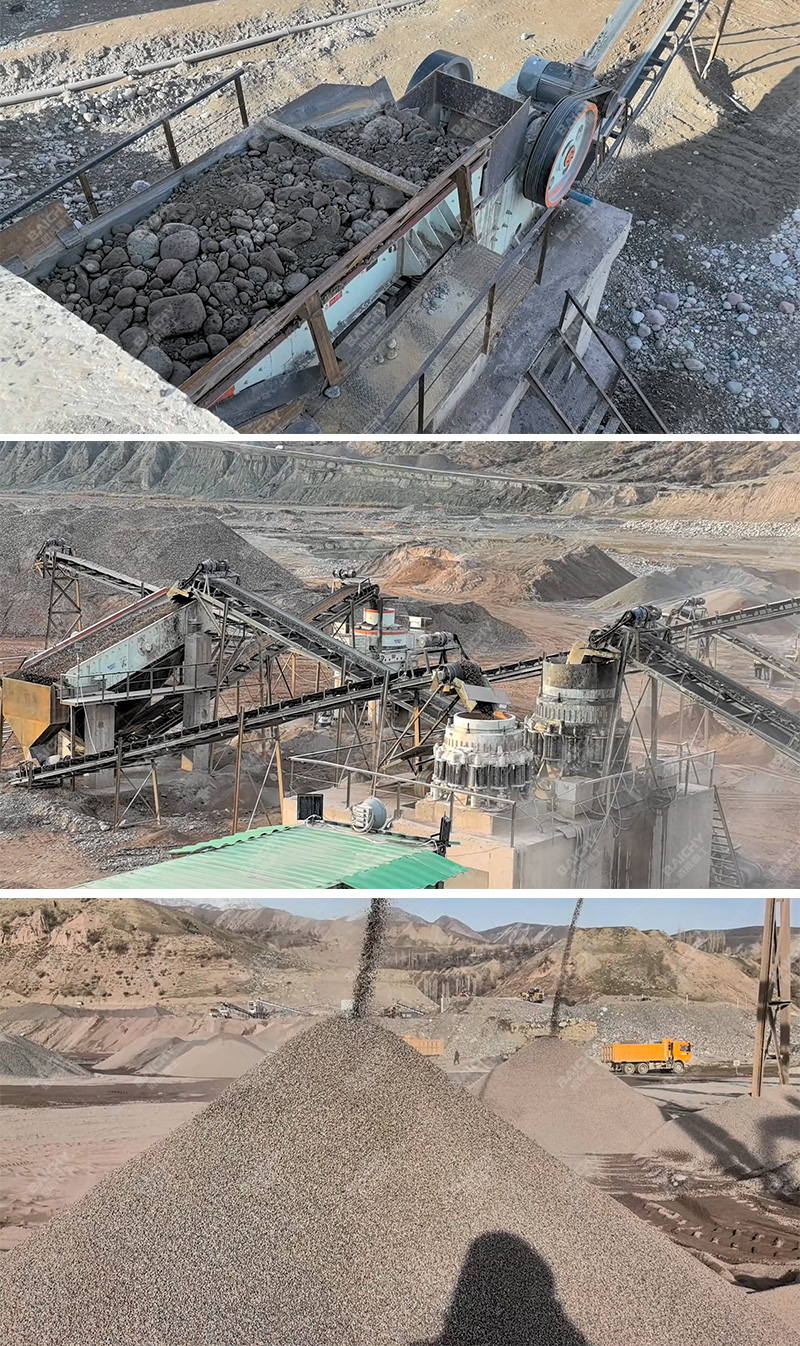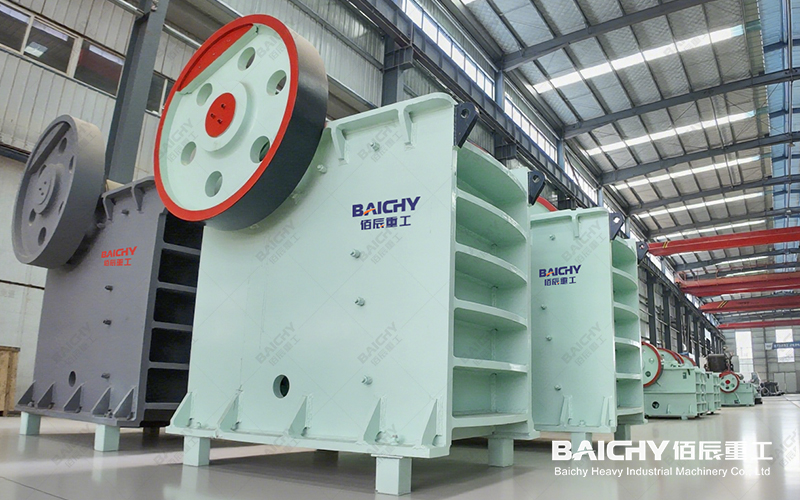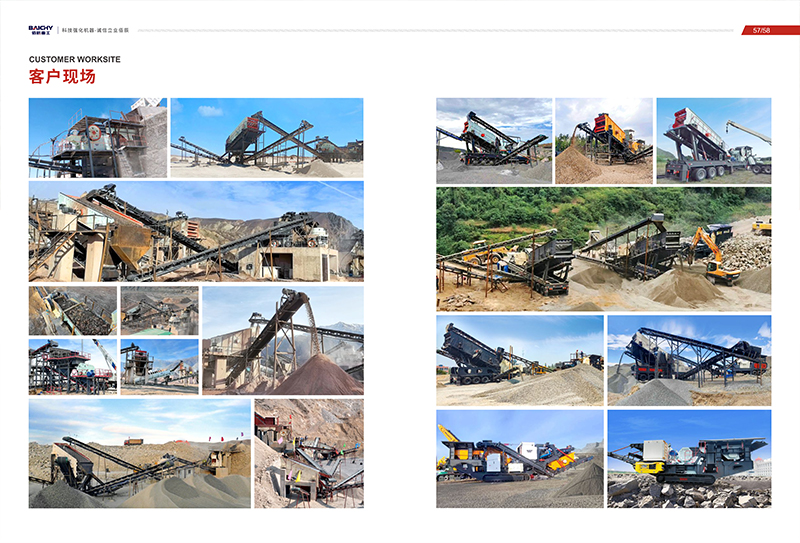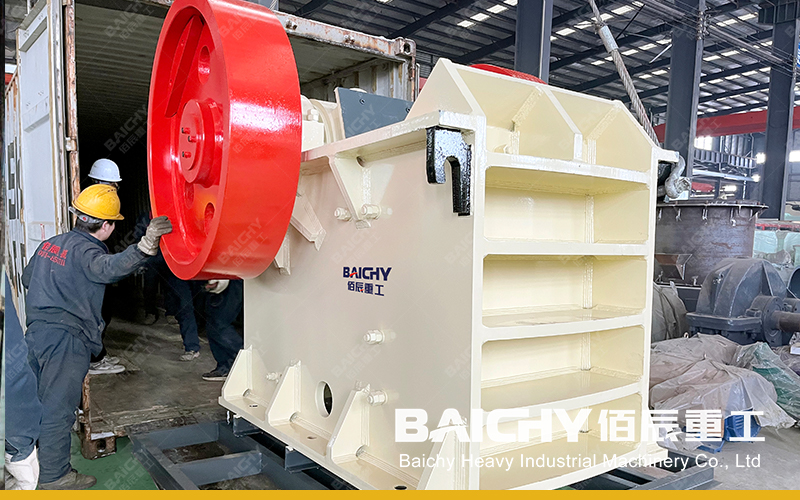
Andesite, a hard rock with high hardness and compressive strength, is a high-quality building stone raw material. Equipment selection and process design are crucial to the success of building an efficient and stable 250-ton-per-hour andesite crushing production line. This article will provide a detailed analysis of the core equipment configuration, process flow, and investment considerations for this production line, helping you plan effectively and achieve efficient production.
I. Analysis of Andesite Characteristics and Crushing Difficulties
Andesite typically has a hardness of around 6-7 and a high silicon content, making it highly wear-resistant and possessing a certain degree of toughness. This means:
• High equipment wear: Crushing equipment with high wear resistance and a sturdy structure is required.
• Primary crushing is key: The efficiency of the first crushing step directly affects the output of the entire production line.
• Recommended secondary crushing equipment: Equipment using a laminated crushing principle (such as a cone crusher) is recommended for the secondary and tertiary crushing stage to reduce wear.
II. Core Equipment List for a 250-ton-per-hour Andesite Crushing Production Line
A standard production line typically includes feeding, primary crushing, secondary crushing, screening, and conveying. The following are recommended core equipment configurations:
1. Feeding Equipment: Vibrating Feeder
◦ Function: Uniformly and continuously feeds large andesite lumps into the primary crusher, preventing blockage and ensuring stable subsequent processes.
◦ Selection Recommendation: Choose a heavy-duty vibrating feeder with a trough strong enough to withstand the impact of large lumps of ore.
2. Primary Crushing Equipment: Jaw Crusher
◦ Function: Performs the primary crushing operation, reducing large andesite lumps (particle size up to 1000mm or more) to a medium particle size (approximately 200-300mm).
◦ Selection Recommendation: We recommend the PE series deep-cavity jaw crusher for its high crushing force, high output, and stable operation. For a production capacity of 250 tons per hour, a PE-750×1060 or larger jaw crusher is recommended.
3. Secondary Crushing Equipment: Cone Crusher
◦ Function: Performs secondary fine crushing of the jaw crusher's material to a particle size of less than 60mm. Due to the high hardness of andesite, a cone crusher is more wear-resistant than an impact crusher, making it a better choice.
◦ Selection Recommendation: Choose a single-cylinder hydraulic cone crusher or a multi-cylinder hydraulic cone crusher. These crushers offer a high degree of automation and facilitate adjustment of the output particle size. Models can be customized based on the desired finished product size.
4. Screening Equipment: Vibrating Screen
◦ Function: Classifies the crushed mixed material by particle size, screening out qualified finished products while returning unqualified material to the crusher for further crushing (forming a closed-loop system).
◦ Selection Recommendation: Typically, a multi-layer (2-4-layer) circular vibrating screen is configured to screen a variety of finished aggregate sizes (e.g., 0-5mm, 5-10mm, 10-20mm, 20-31.5mm, etc.).
5. Auxiliary Equipment
◦ Belt Conveyor: Connects all equipment and transports materials between process steps.
◦ Electronic Control System: Centrally controls the start, stop, and operation of the entire production line, achieving automated production.
III. Standard Process Overview
Raw Materials → (Vibrating Feeder) → (Jaw Crusher) Primary Crushing → (Belt Conveyor) → (Cone Crusher) Secondary Crushing → (Belt Conveyor) → (Circular Vibrating Screen) Screening → Qualified Finished Product (Entered into Different Finished Product Stacks) | Unqualified Material (Returned to the Cone Crusher for Further Crushing).
IV. Investment and Construction Considerations
1. Equipment Quality Priority: When dealing with high-hardness materials, it is crucial to select a reputable manufacturer with high-quality wear-resistant parts, which can significantly reduce long-term operating costs.
2. Site Layout Planning: A reasonable equipment layout can reduce material transfer distances, improve efficiency, and reduce energy consumption.
3. Environmental Protection Measures: Sprayers, dust collectors, and other devices must be installed to control dust and noise during the production process and meet environmental protection requirements.
A scientifically designed 250-ton-per-hour andesite crushing production line is the cornerstone for obtaining high-quality sand and gravel aggregate and creating economic benefits. The key lies in selecting wear-resistant and efficient equipment based on the material characteristics and designing a reasonable process flow. We hope this article provides you with valuable reference.











